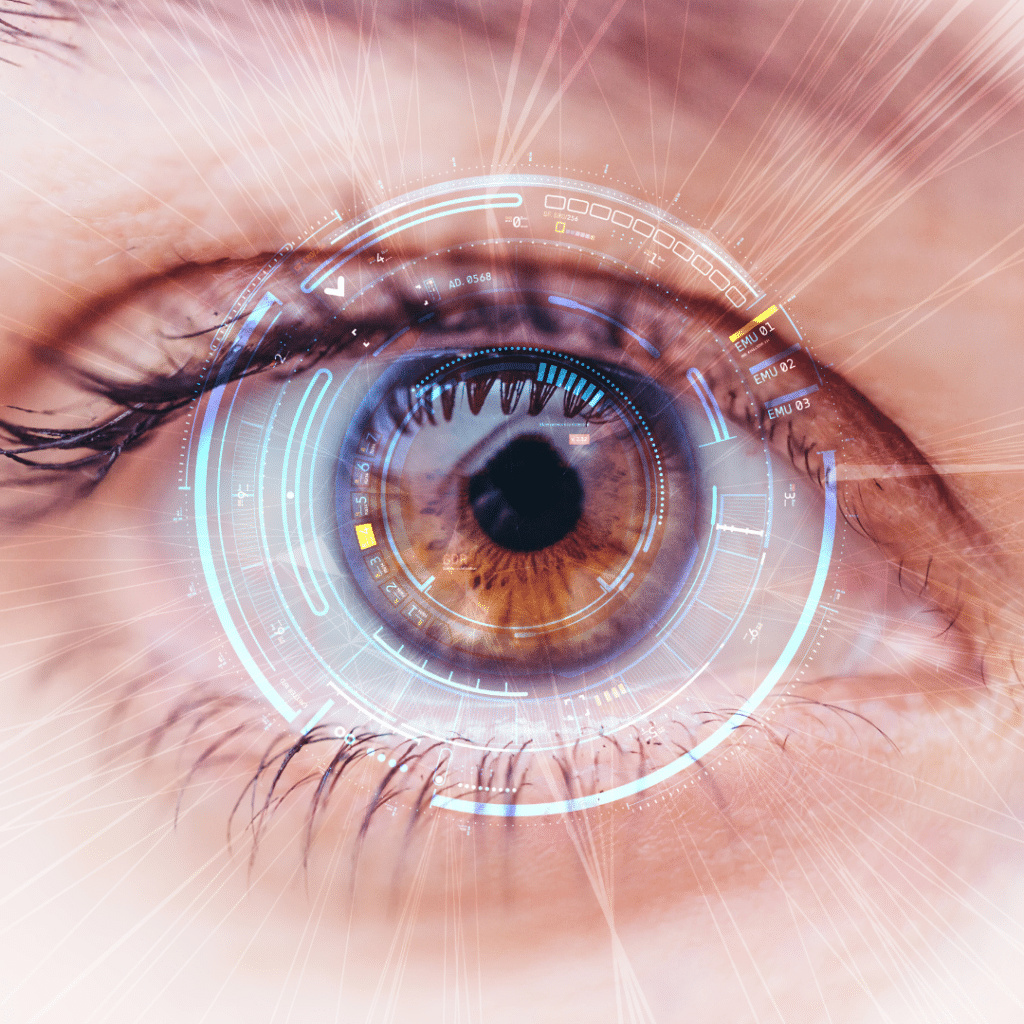Common Retinal Diseases and Their Early Warning Signs
Posted by: West Georgia Eye Care Center in Eye Health, Eye Safety, Retinal Diseases on April 15, 2025
The retina is a delicate, light-sensitive layer at the back of the eye responsible for capturing images and sending them to the brain. Any damage to the retina can result in partial or complete vision loss, making early detection and treatment crucial. In this blog, we will explore some of the most common retinal diseases and the early warning signs to look out for.

1. Age-Related Macular Degeneration (AMD)
What is it?
AMD affects the macula, the central part of the retina responsible for sharp vision. It is the leading cause of vision loss in people over 50.
Early Signs:
- Blurred or distorted central vision
- Difficulty recognizing faces
- Straight lines appearing wavy
- Dark spots in the center of vision
Prevention:
- Eat foods rich in antioxidants, omega-3s, and vitamin E
- Wear UV-protective sunglasses
- Avoid smoking, as it increases the risk of AMD
2. Diabetic Retinopathy
What is it?
Diabetic retinopathy occurs when high blood sugar levels damage the blood vessels in the retina. It is one of the leading causes of blindness among diabetics.
Early Signs:
- Mild blurriness or fluctuating vision
- Floaters (small dark spots or lines in vision)
- Dark areas in vision
- Poor night vision
Prevention:
- Control blood sugar levels
- Have regular eye exams if you have diabetes
- Maintain healthy blood pressure and cholesterol
3. Retinal Detachment
What is it?
Retinal detachment occurs when the retina separates from the back of the eye, leading to vision loss if not treated immediately. It is often caused by aging, eye injury, or severe nearsightedness.
Early Signs:
- Sudden increase in floaters
- Flashes of light in peripheral vision
- A shadow or curtain over part of the visual field
- Sudden blurred vision
Prevention:
- Seek immediate medical attention if you experience any warning signs
- Protect your eyes from injuries by wearing safety glasses
- Get regular retinal check-ups, especially if you’re nearsighted
4. Retinal Vein Occlusion (Eye Stroke)
What is it?
A blood clot in the retinal veins can block normal blood flow, leading to sudden vision loss. This condition is often linked to hypertension, diabetes, and high cholesterol.
Early Signs:
- Sudden painless vision loss in one eye
- Dark or blind spots in vision
- Swelling in the eye
- Blurred vision that worsens over hours or days
Prevention:
- Control blood pressure and cholesterol
- Exercise regularly to improve blood circulation
- Maintain a heart-healthy diet
Protect Your Vision
Retinal diseases often develop silently, so early detection is crucial. If you notice any of the early warning signs, schedule an eye exam immediately. By adopting a healthy lifestyle, managing underlying conditions, and having regular eye check-ups, you can protect your retina and maintain clear vision!





